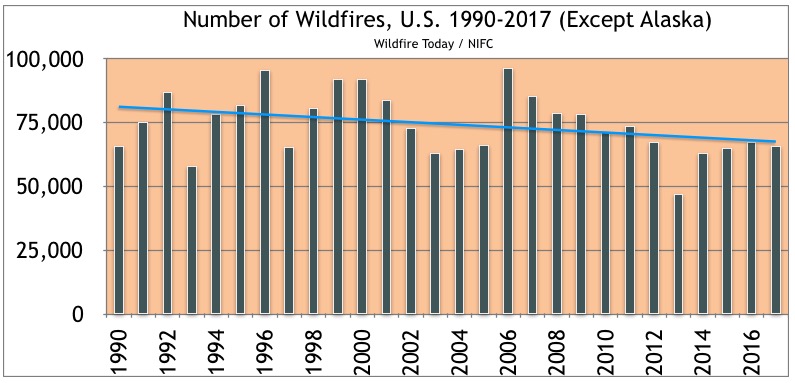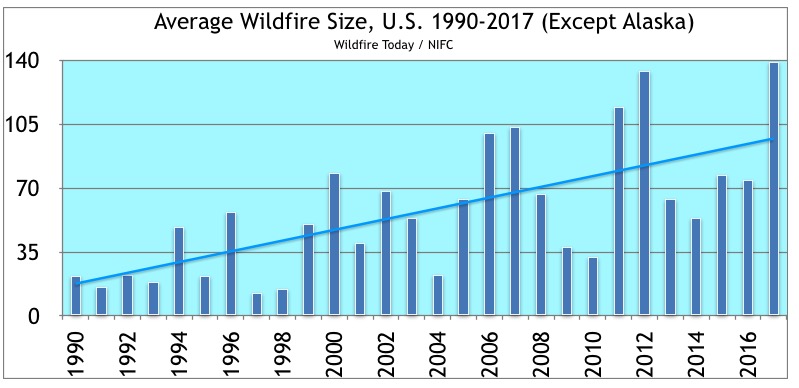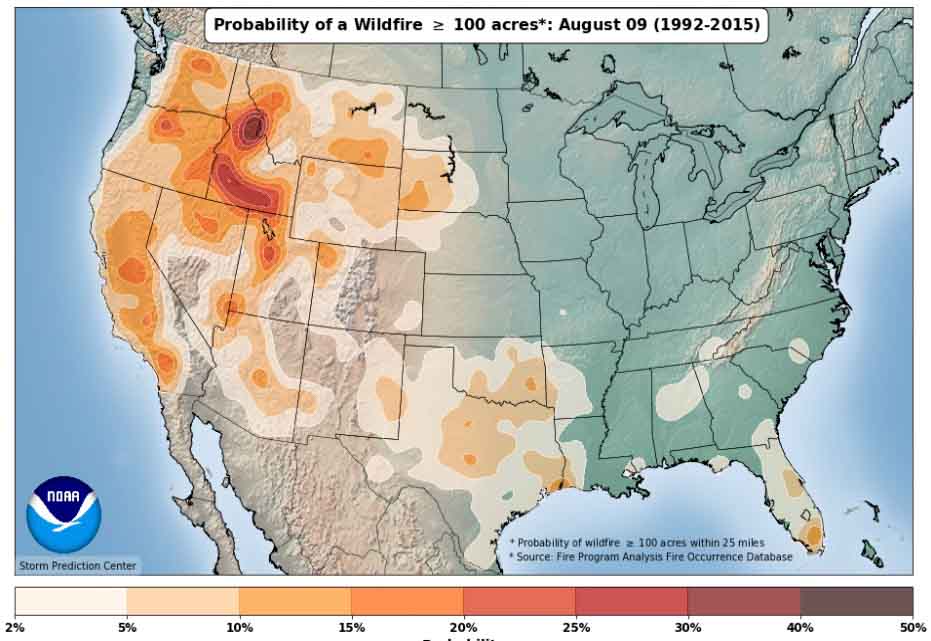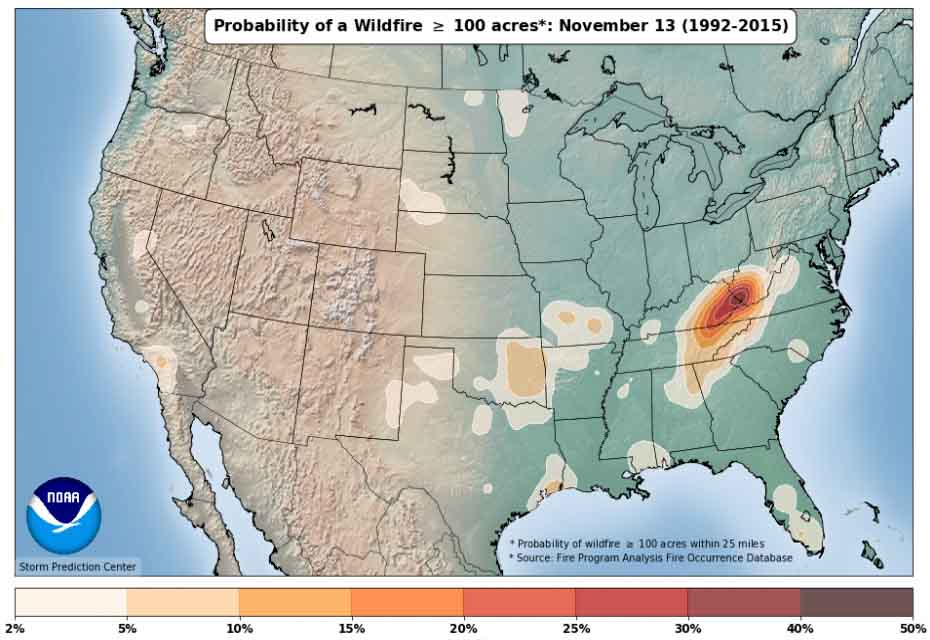
(Originally published at 12:40 p.m. MST January 11, 2018)
Five months after a former seasonal Montana wildland firefighter was given a 40-year suspended sentence for starting 20 wildfires in 2013, he lit another fire in 2016 that burned about an acre on the ranch where he was working.
James Frederick Maw started the first batch of fires in May, 2013. Five of them near York, Montana were managed as the Sweats Complex, with the total number of acres burned listed at 450 with 225 personnel assigned when we reported on the fires and the arrest May 17, 2013. The series of fires in 2013 in the Priest Pass, Spokane Hills, and York areas caused almost $1 million in damages.
The Missoulian reported:
He was arrested [in 2013] in the York-Nelson area in full firefighting gear holding a trigger-operated lighter. He initially said he was a contract firefighter but confessed to starting the fires because he enjoyed the camaraderie of firefighting and needed the financial payoff from fighting fires.
Due to Mr. Maw’s mental health issues his 40-year sentence was suspended by Judge Katherine Seeley.
Below is an excerpt from MTN published November 2, 2015 about the sentencing hearing for the 2013 fires:
However, Lewis & Clark County Attorney Leo Gallagher and Broadwater County Attorney Corey Swanson told the court that due to the severity of the crimes — 14 arson fires set in May of 2013 in both counties — require some form of incarceration.
“He threatened the lives of the firefighters in this community,” said Gallagher. “People with homes that were in harm’s way out there, and I just think there needs to be a consequence, your honor, beyond just probation.”
The fire service community also called for prison time.
“Mr. Maw’s statement and his memory lapses give no indication he is either sorry for the lives he put at risk or taking responsibility for his actions,” said Chief [Jordan Alexander of Baxendale Fire].
While still on probation for arson, in April 2016 Mr. Maw was arrested for starting the fire on the ranch. He told investigators the chain saw he was using hit a rock, creating a spark which ignited the fire, but his story did not match the facts uncovered.
After delays for another mental health evaluation, on January 8, 2018 the same judge, Katherine Seeley, sentenced him to 35 years in prison.








